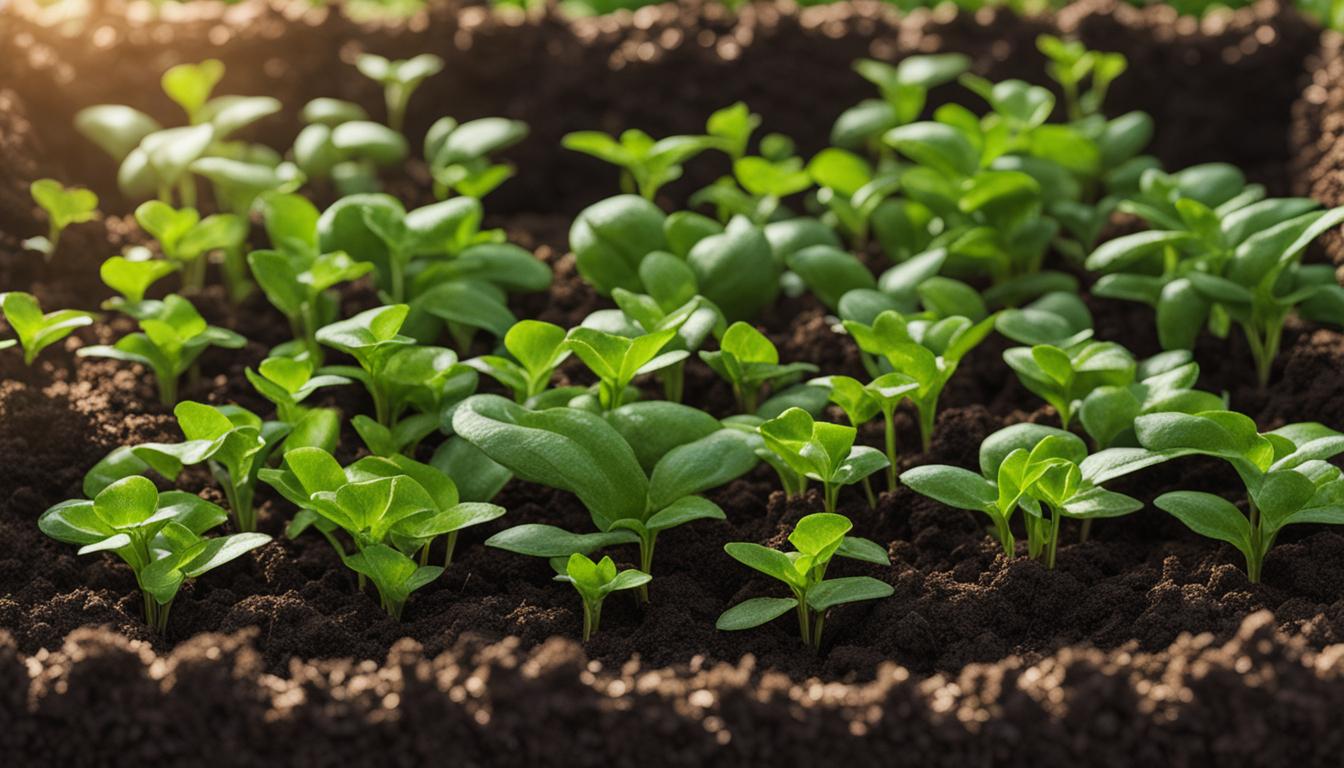
Are you looking for a simple and effective way to improve soil aeration in your garden? Look no further than peat moss! This versatile organic matter is a game-changer when it comes to creating the ideal growing conditions for your plants.
Peat moss is commonly used in a 2:1 ratio with other ingredients to create a nutrient-rich growing medium. It is particularly beneficial for acid-loving plants like fruits, vegetables, camellias, and azaleas. Not only does peat moss improve drainage and retain moisture, but it also aids in breaking down compost piles.
One of the key advantages of peat moss is its sterility, which makes it an excellent choice for seed starting. It helps with seed germination and provides a clean and safe environment for your young plants.
Whether you have heavy soils that need softening or lighter soils that require improved moisture retention, peat moss is the answer. Its ability to prevent soil compaction, retain nutrients, and enhance moisture availability makes it a must-have tool for any gardener.
While the benefits of peat moss for soil aeration are undeniable, it’s important to consider its environmental impact. Peat bogs, the source of peat moss, are valuable carbon sinks that contribute to climate change when mined. That’s why it’s crucial to explore sustainable alternatives to minimize our ecological footprint.
Key Takeaways:
- Peat moss improves soil aeration and is ideal for acid-loving plants.
- It helps with drainage, moisture retention, and compost decomposition.
- Peat moss is sterile and aids in seed germination.
- It softens heavy soils and improves moisture retention in lighter soils.
- Consider the environmental impact of peat moss and explore sustainable alternatives.
How Peat Moss Enhances Soil Aeration
Peat moss plays a crucial role in improving soil aeration by utilizing its unique properties. Its lightweight and loose texture prevent soil compaction, allowing water and nutrients to penetrate the soil more effectively. This enables plant roots to access the necessary resources for optimal growth and development.
Furthermore, peat moss has excellent water-holding capacity, enabling it to retain moisture in the soil. By holding several times its weight in water, peat moss helps prevent soil from becoming waterlogged while slowly releasing moisture to provide a consistent water supply to plants.
Peat moss acts as a nutrient reservoir, effectively storing and releasing essential nutrients to the surrounding soil. As a result, it helps prevent nutrient loss during watering or heavy rainfall, ensuring that plants receive the necessary nutrients for healthy growth.
“Peat moss is a valuable tool for gardeners seeking to improve soil aeration. Its ability to prevent compaction, retain moisture, and hold onto nutrients makes it an indispensable addition to any garden.”
Comparing the Benefits of Peat Moss for Improved Soil Aeration
It’s important to note that peat moss outperforms some alternatives in preventing soil compaction and retaining moisture. By utilizing peat moss, gardeners can create a conducive environment for plant growth, ensuring proper soil aeration and maximizing the potential of their gardens.
Using Peat Moss to Improve Soil Aeration
I have discovered that using peat moss as a soil amendment can greatly enhance soil aeration in my garden. Whether you have heavy or light soils, peat moss offers several benefits that contribute to better soil aeration.
For heavy soils, peat moss acts as a soil softener, making it easier for water to penetrate and preventing compaction. With improved drainage, plant roots can access water and nutrients more effectively, leading to healthier growth.
For lighter soils, peat moss helps retain moisture and nutrients, creating a more favorable environment for plants. Its sponge-like structure holds onto water, ensuring that plants receive the necessary moisture even during dry spells.
Furthermore, peat moss prevents soil compaction, which can hinder root growth and nutrient uptake. By keeping the soil loose and aerated, peat moss allows oxygen to reach the roots and promotes the growth of beneficial soil microorganisms. This, in turn, contributes to overall soil health and fertility.
| Benefits of Using Peat Moss for Soil Aeration | Heavy Soils | Light Soils |
|---|---|---|
| Improved drainage | ✓ | ✓ |
| Enhanced nutrient retention | ✓ | ✓ |
| Prevents soil compaction | ✓ | ✓ |
| Aerates soil for better root growth | ✓ | ✓ |
In my experience, incorporating peat moss into the soil has resulted in improved plant health and productivity. It is an essential tool for gardeners who want to maintain healthy and thriving gardens.
Nevertheless, it’s important to note that peat moss is a non-renewable resource. The environmental impact of its extraction from peat bogs must be considered.
To reduce our reliance on peat moss, it is crucial to explore sustainable alternatives such as compost, coconut coir, pine bark, and PittMoss. These eco-friendly options provide similar benefits for soil aeration without contributing to the depletion of peat bogs.
By using peat moss responsibly and considering alternative soil amendments, we can improve soil aeration while minimizing our impact on the environment. It’s a win-win situation that allows us to nurture our gardens and protect our planet.
The Environmental Impact of Peat Moss
When it comes to improving soil aeration, peat moss is often considered a go-to option for gardeners. It is essential to recognize the environmental impact associated with its use.
Peat moss is derived from peat bogs, which are valuable carbon sinks that absorb more carbon than they release into the atmosphere. Unfortunately, the process of harvesting peat moss disrupts these bogs, leading to the release of carbon emissions and contributing to climate change.
Another factor to consider is the depletion of peat bogs as a non-renewable resource. It takes centuries for these bogs to form, and continued mining of peat moss depletes them at an alarming rate. Preservation of peat bogs is crucial for maintaining biodiversity and the overall health of natural ecosystems.
As gardeners, it is our responsibility to seek alternative soil amendments that have a lower environmental impact. By exploring eco-friendly options, we can reduce our reliance on peat moss and contribute to the preservation of our planet.
Let’s take a closer look at some sustainable alternatives to peat moss that can enhance soil aeration without compromising the environment.
| Alternative Soil Amendment | Benefits |
|---|---|
| Compost | Provides nutrients, retains water |
| Coconut Coir | Retains moisture, loosens soil |
| Pine Bark | Prevents soil compaction, retains moisture |
| PittMoss | Eco-friendly, made from recycled paper |
| Worm Castings | Improves soil texture, adds nutrients |
These alternatives offer sustainable solutions for enhancing soil aeration without contributing to the depletion of peat bogs. By making conscious choices in our gardening practices, we can minimize our environmental footprint and promote a healthier, more sustainable future.
Alternatives to Peat Moss for Soil Aeration
For gardeners concerned about the environmental impact of peat moss, there are several alternatives that can achieve similar results in improving soil aeration. These eco-friendly soil amendments offer sustainable options for enhancing soil health without contributing to the depletion of peat bogs.
Eco-Friendly Soil Amendment Options
- Compost: An inexpensive and readily available option, compost adds nutrients and helps retain water in the soil. It is a natural way to enhance soil aeration while recycling organic waste.
- Coconut Coir: Made from coconut fibers, coconut coir retains moisture, loosens the soil, and improves water and nutrient retention. It is a renewable and environmentally-friendly alternative to peat moss.
- Pine Bark: Pine bark prevents soil compaction and retains moisture, while also providing slow-release nutrients for plant growth. It is a sustainable option that improves soil aeration.
- PittMoss: Made from recycled paper, PittMoss serves as an eco-friendly substitute for peat moss. It retains moisture, promotes root growth, and improves soil structure without harming the environment.
- Worm Castings: Earthworm castings improve soil texture, increase nutrient availability, and enhance soil aeration. They are a natural and sustainable alternative to peat moss.
These alternatives offer gardeners a range of options to improve soil aeration while minimizing their impact on the environment. By choosing sustainable soil enhancements over peat moss, we can create healthier gardens and contribute to the preservation of our natural resources.
| Soil Amendment | Benefits |
|---|---|
| Compost | – Adds nutrients to the soil – Improves water retention – Enhances soil structure |
| Coconut Coir | – Retains moisture – Loosens soil – Sustainable and renewable |
| Pine Bark | – Prevents soil compaction – Retains moisture – Provides slow-release nutrients |
| PittMoss | – Made from recycled paper – Retains moisture – Improves soil structure |
| Worm Castings | – Improves soil texture – Enhances nutrient availability – Sustainable and natural |

As responsible gardeners, it is essential to explore and utilize these eco-friendly alternatives to peat moss. By adopting sustainable soil enhancement practices, we not only improve soil aeration but also contribute to a healthier and more environmentally conscious gardening approach.
Expert Advice on Using Peat Moss for Soil Aeration
When it comes to using peat moss for soil aeration, I recommend following a few key tips to ensure successful results while considering the environmental impact.
First and foremost, it’s essential to use peat moss in moderation. While it offers many benefits, we must be mindful of its sourcing and the impact on peat bogs. By using it sparingly, we can minimize the depletion of these valuable resources.
Another important consideration is understanding the pH requirements of your plants. Before incorporating peat moss into your soil, conduct a soil test to determine the existing pH levels.
This will help you determine if peat moss is suitable for your specific plants. Adjust the pH accordingly if needed to create an optimal environment for your plants to thrive.
As an expert, I also encourage you to explore sustainable alternatives to peat moss. While peat moss is widely used, there are eco-friendly options available that can enhance soil aeration without contributing to the environmental concerns associated with peat bogs.
Compost, coconut coir, pine bark, PittMoss, and earthworm castings are all viable alternatives worth considering.
Ultimately, by using peat moss responsibly and considering sustainable options, we can improve soil aeration while minimizing our impact on the environment.
It’s important to prioritize the long-term sustainability of our gardening practices and ensure that we’re leaving a healthy and thriving garden for future generations to enjoy.
After reading this, check out our other articles on:
FAQ
What is peat moss used for in soil aeration?
Peat moss is used to improve soil aeration by preventing compaction, improving drainage, and retaining moisture.
What types of plants benefit from peat moss in soil aeration?
Peat moss is particularly well-suited for acid-loving plants like fruits, vegetables, camellias, and azaleas.
Can peat moss be used for seed starting?
Yes, peat moss is commonly used for seed starting as it is sterile and aids in seed germination.
How does peat moss enhance soil aeration?
Peat moss enhances soil aeration by preventing compaction, retaining moisture, and holding onto nutrients.
What are the environmental implications of using peat moss?
Harvesting peat moss disrupts carbon storage in peat bogs and contributes to carbon emissions. It also depletes non-renewable resources.
What are some alternatives to peat moss for soil aeration?
Compost, coconut coir, pine bark, PittMoss, and worm castings are sustainable alternatives to peat moss for improving soil aeration.
How should peat moss be used responsibly?
Experts recommend using peat moss in moderation, considering the pH requirements of plants, and exploring sustainable alternatives.

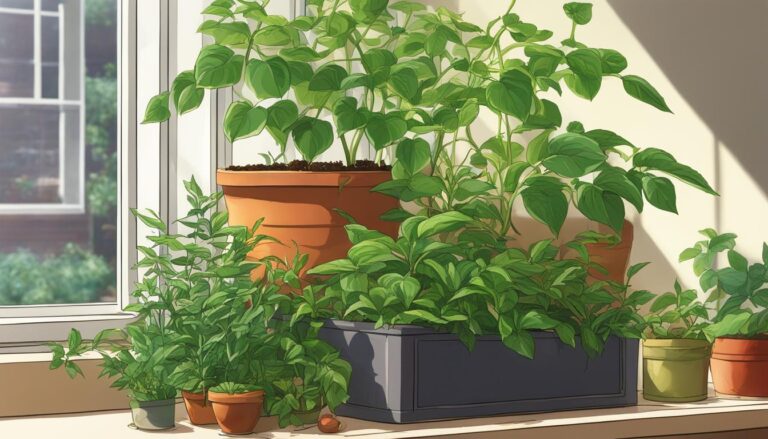
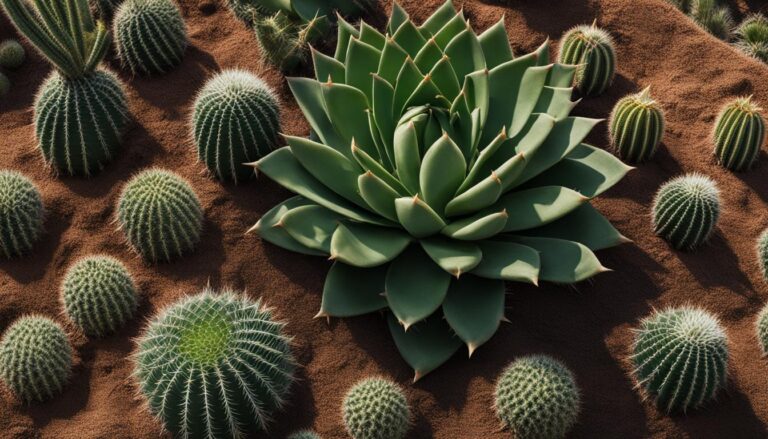
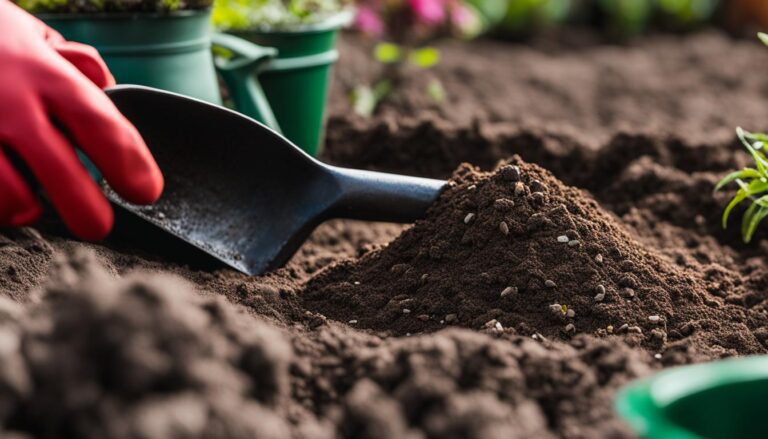
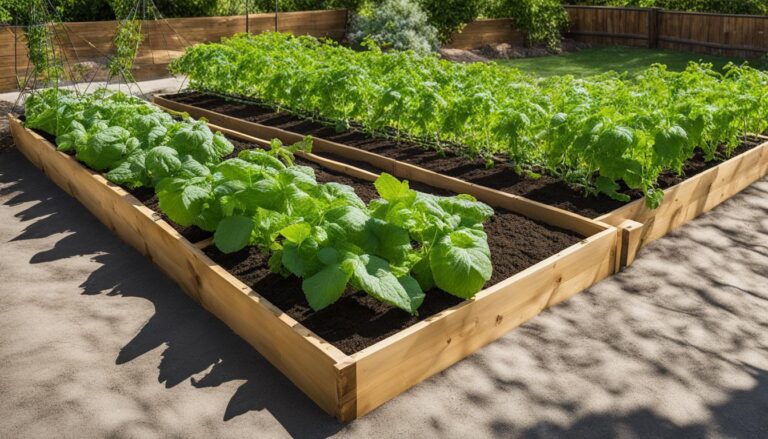


3 Comments